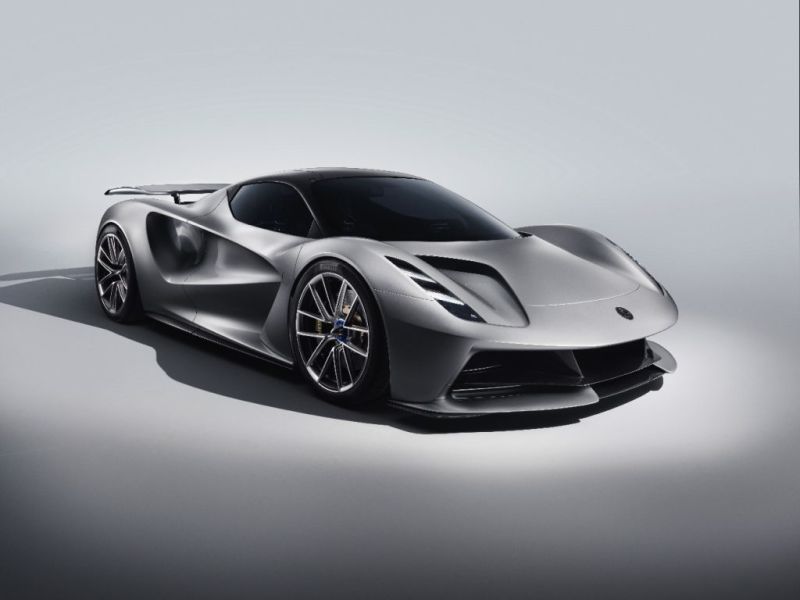Originally posted on Corkscrewd.blog

Ok, so it’s a 2000 hp 1680 kg beast of a car that looks great and has some cool features. What I’m primarily concerned with though is this: Is it a true Lotus? I mean, can a $2 million hypercar even be considered a Lotus?
I’m kind of on the fence about it. Here’s an excerpt from my latest blog post:
When I first wrote about the Lotus Hypercar, I claimed that such a car flies in the face of Colin Chapman’s ideals of what made a great sports car. The creed “Simplify, then add lightness” was more than a mantra; it was the formula for what made a Lotus, a Lotus. You don’t need massive amounts of power and displacement to make an engaging car. You just need a lightweight reinforced chassis and great suspension tuning. The Evora is probably the best car I’ve ever driven thanks to its incredibly stiff chassis and excellent suspension.
On the other hand, Lotus has always been introducing innovative technologies. In the 70s, Lotus dominated Formula 1 thanks to its adoption of ground effects. When Lotus was involved in sports car racing in the 60s, cars like the Lotus 23B were miles ahead of the competition thanks to Lotus’ innovative use of fiberglass and other lightweight materials. For Lotus to find a way to develop a lighter-weight, denser battery pack, they could potentially lead the way in making actual lightweight, electric sports cars for the masses.
While I still scoff at the existence of a $2 million hypercar Lotus for the son of a sheik, I have to hope that if this car is successful, some of that technology could trickle down to their more “pedestrian offerings”. Imagine an electric Evora with a similar drivetrain or even an Elise.
What does Oppo think? Am I wrong about thinking that a Lotus shouldn’t cost the price of a nice house near San Francisco?